- No products in the cart.
JUnidoks soljutab tab dispersing. 100mg 10 pieces
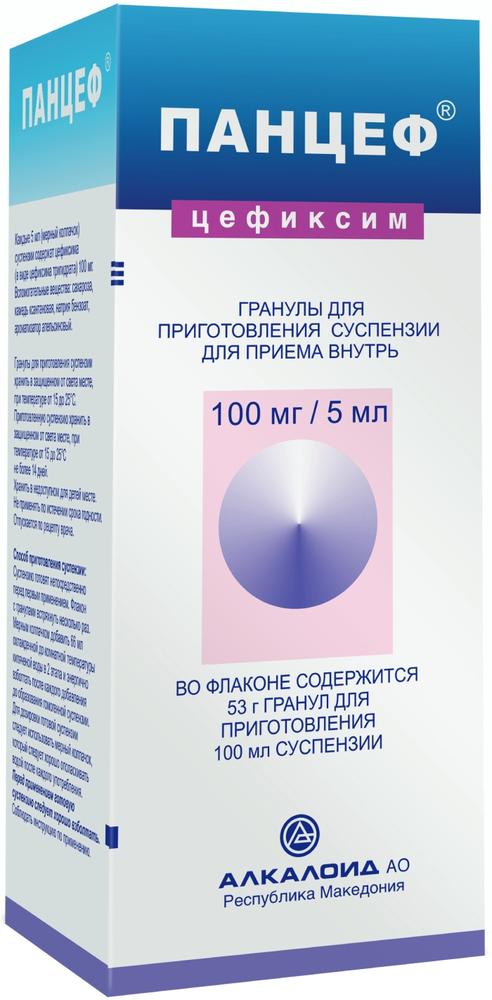
Pantsef prig.suspenzii granules for oral 53g 100mg / 5ml 100ml alkaloid
$14.93
Chloramphenicol 250mg tab 10 pc
$0.52
$7.61
JUnidoks soljutab tab dispersing. 100mg 10 pieces
SKU: 01077437953 Categories: Antibiotics, Antibiotics, antimicrobial, antiparasitic, Medicaments Tags: Astellas, doxycycline
Description
Composition
Active substance:
1 tablet contains: doxycycline monohydrate 100.0 mg, based on doxycycline.
Excipients:
Microcrystalline cellulose, saccharin, giproloza (low substituted), Hypromellose, colloidal silica (anhydrous), magnesium stearate, lactose monohydrate.
Description:
Round, biconvex tablets from light yellow to grayish yellow engraved “173” (Tablet code) on one side and the line on the other.
Product form:
Dispersible Tablets 100 mg; 10 tablets in blister PVC / aluminum foil. 1 blister together with instructions for use in a cardboard box.
Contraindications
Hypersensitivity to tetracyclines pregnancy breastfeeding up to age 8 years severe liver and / or kidney porphyria.
Dosage
100 mg
Indications
Infectious-inflammatory diseases caused by susceptible to malaria infections: respiratory tract infections, including pharyngitis, bronchitis, acute, exacerbation of chronic obstructive pulmonary disease, tracheitis, bronchopneumonia, lobar pneumonia, community-acquired pneumonia, lung abscess, empyema; infection of upper respiratory tract, including otitis media, sinusitis, tonsillitis; genitourinary infections: cystitis, pyelonephritis, bacterial prostatitis, urethritis, urethrocystitis, urogenital mycoplasmosis, acute orhiepididimit; endometritis, and endocervite salpingoofiorit in combined teratoma; including infections, sexually transmitted diseases: urogenital chlamydia, syphilis in patients with intolerance to penicillins, uncomplicated gonorrhea (as alternative therapy), granuloma inguinale, lymphogranuloma venereum; gastrointestinal tract infection and bile ducts (cholera, yersiniosis, cholecystitis, cholangitis, gastroenterocolitis, bacillary and amoebic dysentery, diarrhea “travelers”); Skin and soft tissue infections (including wound infection after animal bite), severe acne (in combination therapy); other diseases: yaws, Legionella pneumophila, Chlamydia different localization (incl prostatitis, proctitis), rickettsiosis, Q fever, Rocky Mountain spotted fever, typhus (including typhus, tick-borne relapsing), Lyme disease (I st. – erythema migrans), tularemia, plague, actinomycosis, malaria; infectious diseases of the eye, in a combination therapy – trachoma; leptospirosis psittacosis, ornithosis, anthrax (including pulmonary form), bartonellosis, granulocytic ehrlichiosis; whooping cough, brucellosis, osteomyelitis; sepsis, subacute bacterial endocarditis, peritonitis;
Prevention of postoperative septic complications; malaria caused by Plasmodium falciparum, during short travel (less than 4 months) in the area where common strains resistant to chloroquine and / or pyrimethamine-sulfadoxine.
Interaction with other drugs
Antacids containing aluminum, magnesium, calcium, iron preparations, sodium hydrogencarbonate, magnesium-containing laxatives reduce the absorption of doxycycline, so their use should be divided at intervals of 3 hours.
In connection with the suppression of intestinal microflora doxycycline decreases prothrombin index that requires correction dose anticoagulants.
When combined with doxycycline bactericidal antibiotics disturb the cell wall synthesis (penicillins, cephalosporins), the latter less effective.
Doxycycline decreases the reliability and increases the frequency of contraception acyclic bleeding while taking estrogen-containing oral contraceptives.
Ethanol, barbiturates, rifampicin, carbamazepine, phenytoin, and others. Stimulants microsomal oxidation, accelerating the metabolism of doxycycline, reduce its concentration in the blood plasma. The simultaneous use of doxycycline and retinol promotes intracranial pressure.
Overdose
symptoms:
Increased side reactions caused liver damage – vomiting, fever, jaundice, azotemia, increased transaminases, increase in prothrombin time.
Treatment:
Immediately after taking large doses recommended gastric lavage, excessive drinking, if necessary – induction of emesis. Taking activated charcoal and osmotic laxatives. Hemodialysis and peritoneal dialysis are not recommended because of its low effectiveness.
pharmachologic effect
Pharmacological group:
Antibiotic – tetracycline.
Pharmacodynamics:
Broad-spectrum antibiotic tetracycline. Bacteriostatic, inhibits protein synthesis in the microbial cell by interacting with the 30S ribosomal subunit. It is active against many gram-positive and gram-negative microorganisms: Streptococcus spp, Treponema spp, Staphylococcus spp, Klebsiella spp, Enterobacter spp….. (Including E. aerugenes), Neisseria gonorrhoeae, Neisseria meningitidis, Haemophilus influenzae, Chlamydia spp., Mycoplasma spp., Ureaplasma urealyticum, Listeria monocytogenes, Rickettsia spp., Typhus exanthematicus, Escherichia coli, Shigella spp., Campylobacter fetus, Vibrio cholerae, Yersinia spp. (Including Yersinia pestis), Brucella spp., Francisella tularensis, Bacillus anthracis, Bartonella bacilliformis, Pasteurella multocida, Borrelia recurrentis, Clostridium spp. (Except Clostridium difficile), Actinomyces spp., Fusobacterium fusiforme, Calymmatobacterium granulomatosis, Propionibacterium acnes, some protozoa (Entamoeba spp., Plasmodium falciparum).
Typically, no effect on Acinetobacter spp., Proteus spp., Pseudomonas spp., Serratia spp., Providencia spp., Enterococcus spp.
It should take into account the possibility of acquired resistance to doxycycline in a number of pathogens, which often is a cross within a group (i.e., strains resistant to doxycycline simultaneously be resistant to tetracyclines whole group).
Pharmacokinetics:
Suction
Absorption – fast and high (about 100%). Food intake does not significantly affect the absorption of the drug.
The maximum level of doxycycline in plasma (2.6-3 ug / ml) was reached after 2 h after administration of 200 mg after 24 hours the concentration of active substance in blood plasma is lowered to 1.5 ug / ml.
After receiving 200 mg on the first day of treatment and 100 mg per day on subsequent days doxycycline concentration level in blood plasma is 1.5-3 mg / ml.
Distribution
Doxycycline binds reversibly plasma protein (80-90%), good penetration into tissues and organs, poor – in cerebrospinal fluid (10-20% of the level in blood plasma), however doxycycline concentration in cerebrospinal fluid increases in inflammation of the spinal membranes.
The volume of distribution – 1.58 L / kg. After 30-45 minutes after ingestion of doxycycline at therapeutic concentrations detected in the liver, kidney, lung, spleen, bones, teeth, prostate, eye tissues, pleural and ascitic fluids, bile, synovial exudate, the exudate maxillary and frontal sinuses, in sulcus fluid.
When the normal function of the liver drug levels in the bile is 5-10 times higher than in plasma.
Saliva is determined 5-27% of the doxycycline concentration in blood plasma.
Doxycycline crosses the placental barrier, breast milk is secreted in small amounts.
It accumulates in dentin and bone.
Metabolism
Metabolized small part of doxycycline.
breeding
The half-life after a single oral administration of 16-18 hours, after receiving repeated doses – 22-23 hours.
Approximately 40% of the received drug excreted by the kidneys and 20 – 40% is excreted through the intestines as inactive forms (chelates).
Pharmacokinetics in special clinical situations
The half-life of the drug in patients with impaired renal function does not change, because increasing its excretion through the intestine.
Hemodialysis and peritoneal dialysis have no effect on the concentration of doxycycline in plasma.
Conditions of supply of pharmacies
On prescription.
side effects
On the part of the gastrointestinal tract: anorexia, nausea, vomiting, dysphagia, diarrhea, enterocolitis, pseudomembranous colitis.
Dermatological and allergic reactions: rash, photosensitivity, angioneurotic edema, anaphylactic reactions, exacerbation of systemic lupus erythematosus, maculopapular and erythematous rash, pericarditis, exfoliative dermatitis.
Liver: liver disease (chronic administration of the drug or in patients with renal or hepatic insufficiency patients).
From the kidney: increased residual urea nitrogen due antianabolicheskim effect of the drug.
From hemopoiesis system: hemolytic anemia, thrombocytopenia, neutropenia, eosinophilia, decreased prothrombin activity.
From the nervous system: benign intracranial hypertension (anorexia, vomiting, headache, swelling of the optic nerve), vestibular disorders (dizziness or imbalance).
On the part of the thyroid gland: in patients receiving long-term doxycycline, possibly reversible dark brown staining of thyroid tissue.
From the side of the teeth and bones of doxycycline slows bone formation, disrupts the normal development of the teeth in children (irreversibly change the color of teeth, enamel hypoplasia develops).
Other: candidiasis (stomatitis, glossitis, proctitis, vaginitis) as an expression of superinfection.
special instructions
There is a possibility of cross-resistance and hypersensitivity to other drugs tetracycline.
Tetracyclines may increase the prothrombin time, the appointment of tetracycline in patients with coagulopathies should be carefully monitored.
Antianabolichesky effect of tetracyclines may cause an increase of residual urea nitrogen in the blood. As a rule, it is not significant in patients with normal renal function. However, patients may experience an increase azotemia with renal insufficiency. The use of tetracyclines in patients with impaired renal function requires medical supervision.
Prolonged use of the drug requires periodic monitoring of laboratory parameters of blood, liver and kidney function.
In connection with the possible development photodermatitis need to limit sun exposure during treatment and 4-5 days after it.
Long term use of the drug can cause a dysbacteriosis and thereby – hypovitaminosis development (especially B vitamins).
To prevent dyspepsia is recommended to take the drug at meal time.
Features of influence on the ability to drive and operate machinery have not been studied.
Storage conditions
At a temperature of 15 to 25 C.
Keep out of the reach of children !.
Dosing and Administration
Typically, the duration of treatment is 5-10 days. Tablets are dissolved in a small amount of water (about 20 mL) to give a suspension can also be swallowed whole, divided into parts or chew with water. Preferably take during meal time.
Adults and children over 8 years old with a body weight of 50 kg to 200 mg administered 1-2 reception on the first day of treatment, followed by 100 mg daily. In cases of severe infections JUnidoks prescribe a dose of 200 mg daily during the entire treatment.
Children 8-12 years old with a body weight less than 50 kg, the mean daily dose – 4 mg / kg on the first day, then – 2 mg / kg per day (1-2 doses). In cases of severe infections JUnidoks administered in a dose of 4 mg / kg daily during the entire treatment.
Features dosing in some diseases
When an infection caused by S. pyogenes JUnidoks take at least 10 days.
In uncomplicated gonorrhea (except anorectal infections in men):
Adults appoint 100 mg twice a day until complete healing (mean 7 days), or within one day administered 600 mg – 300 mg in 2 hours (second intake 1 h after the first).
When primary syphilis administered 100 mg twice daily for 14 days, when the secondary syphilis – 100 mg twice daily for 28 days.
In uncomplicated urogenital infections caused by Chlamydia trachomatis, cervicitis, gonococcal urethritis caused by Ureaplasma urealiticum administered 100 mg 2 times a day for 7 days.
When acne administered 100 mg / day, 6-12 weeks of treatment.
Malaria (prophylaxis): 100 mg 1 time per day for 1-2 days before the trip, and then daily during the trip and for 4 weeks after the return; children over 8 years old, 2 mg / kg, 1 time per day.
Diarrhea “travel” (prevention) – 200 mg on the first day of travel (1 intake or 100 mg 2 times a day), then 100 mg 1 time per day during the entire stay in the region (not more than 3 weeks).
Leptospirosis Treatment – 100 mg orally two times a day for 7 days; Leptospirosis prophylaxis – 200 mg 1 time per week for a stay in the disadvantaged area and 200 mg at the end of the trip.
In order to prevent infections in medical abortion administered 100 mg for 1 hour before and after the intervention of 200 mg.
The maximum daily dose for adults – 300 mg / day or 600 mg / day for 5 days with severe gonococcal infections. For children over 8 years old with a body weight of 50 kg – 200 mg, for children 8-12 years old with a body weight less than 50 kg – 4 mg / kg daily during the entire treatment.
In the presence of renal (creatinine kliriens less than 60 ml / min) and / or liver failure requires reduction of the daily dose of doxycycline, since in this case there is a gradual accumulation of it in the body (the risk of hepatotoxicity).
Information
Appearance may differ from that depicted in the picture. There are contraindications. You need to read the manual or consult with a specialist
Additional information
| Weight | 0.100 kg |
|---|---|
| Manufacturer | Astellas |


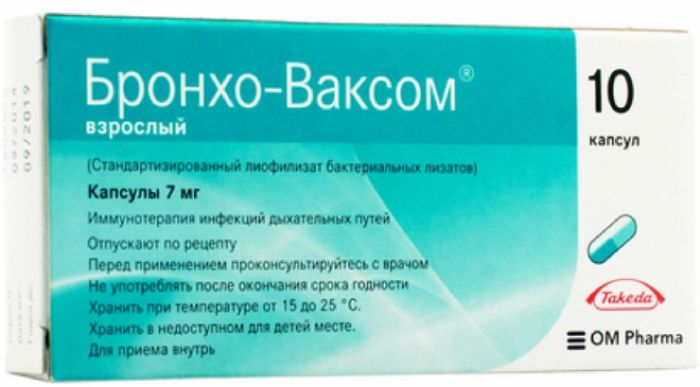
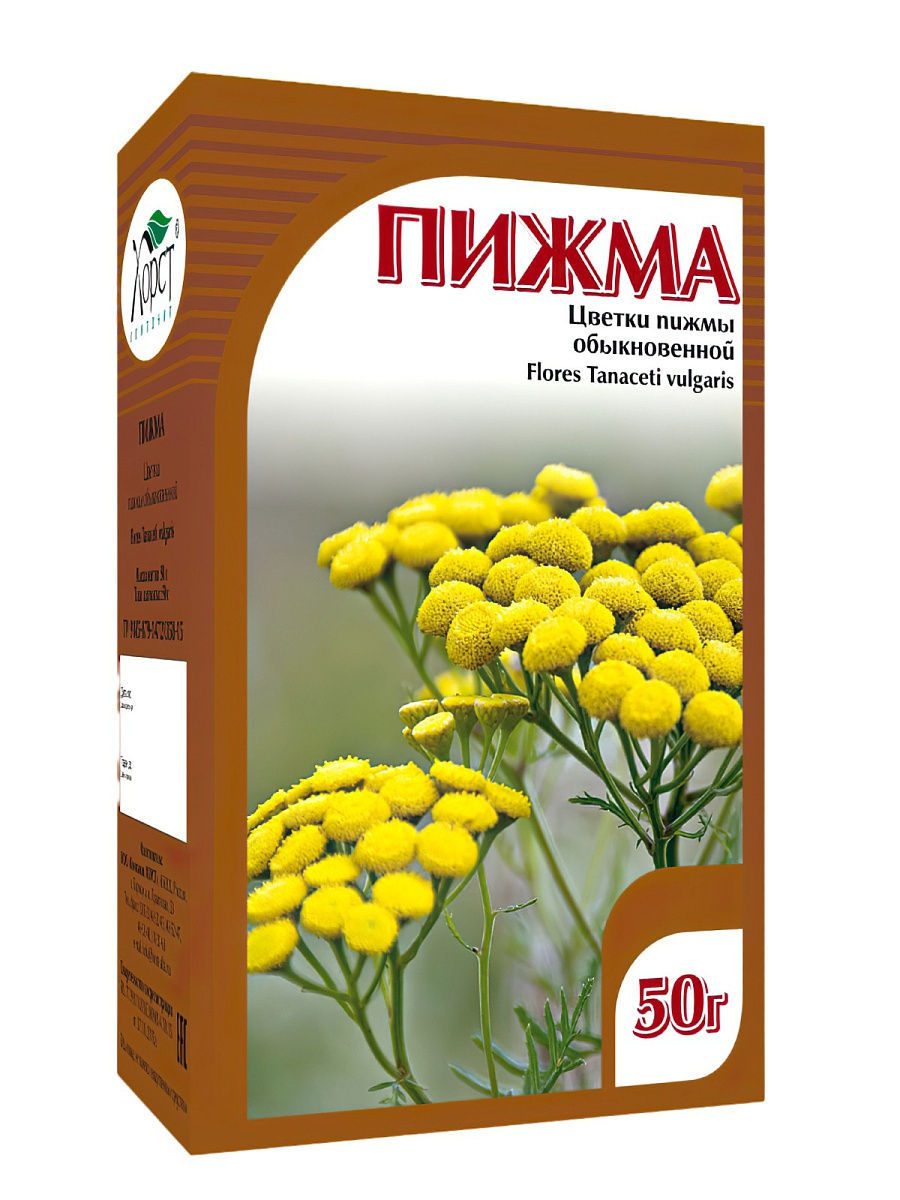
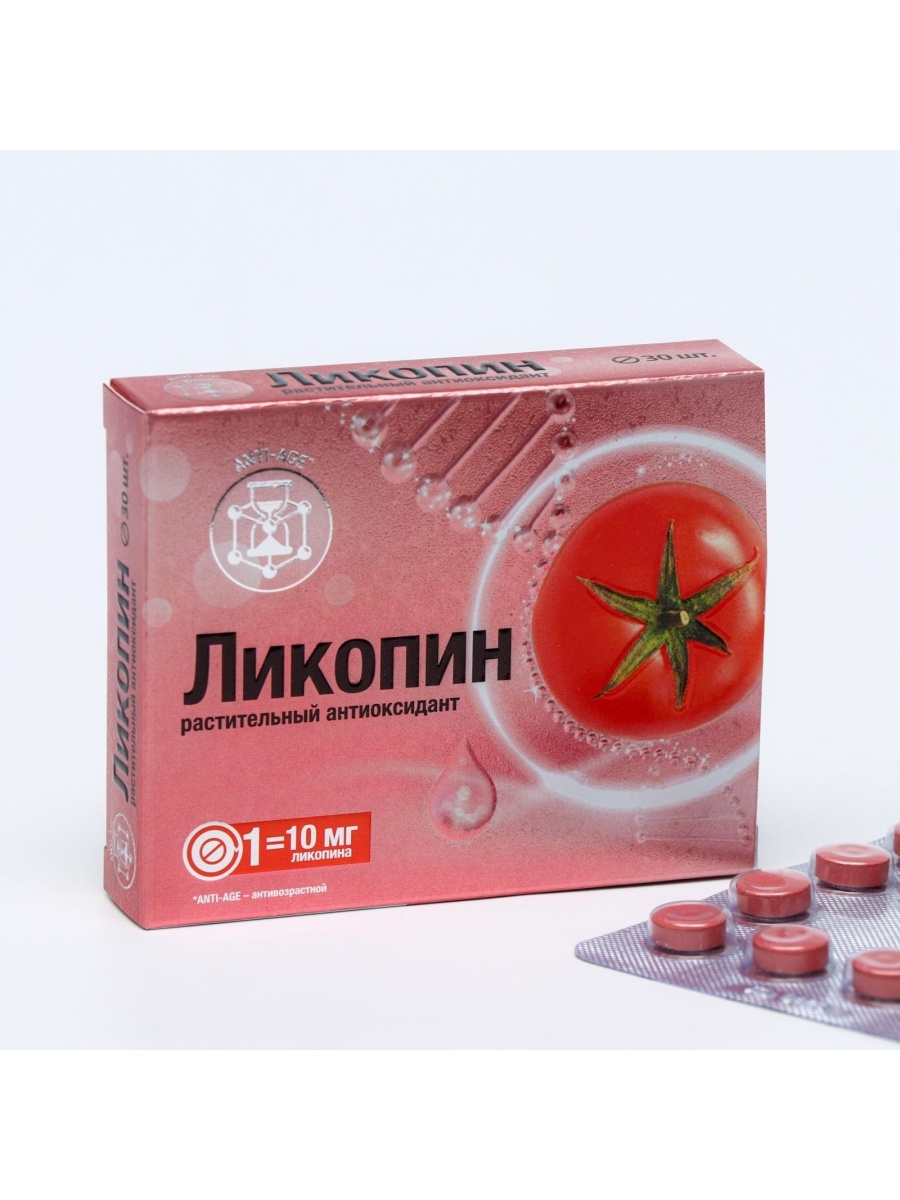

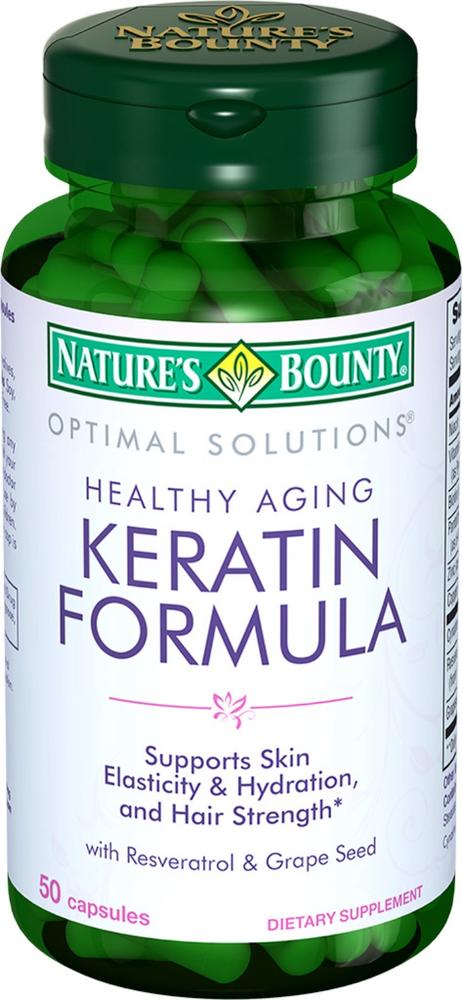
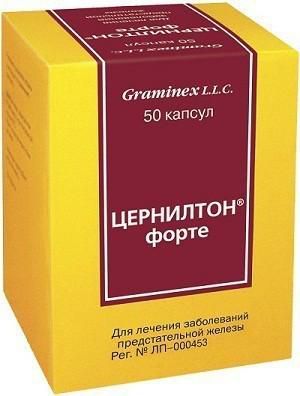




There are no reviews yet.